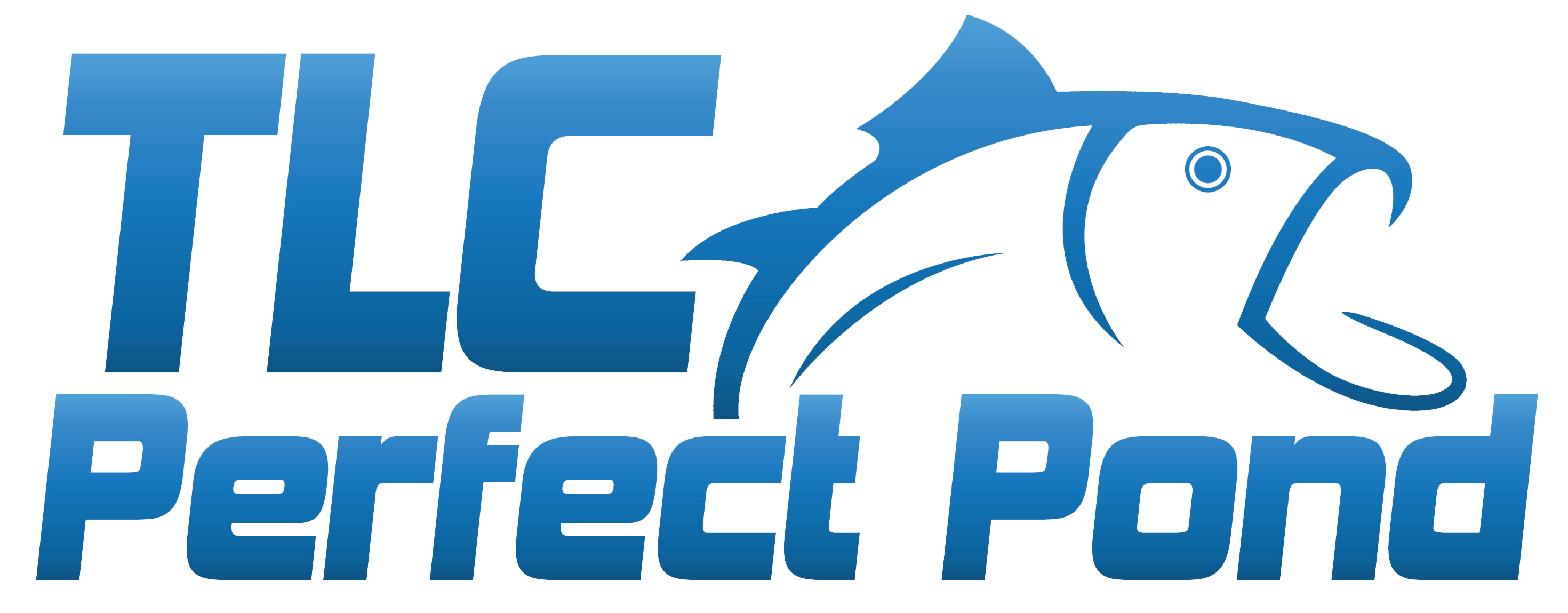The American gizzard shad (Dorosoma cepedianum) is a species that we occasionally find when performing electrofishing population surveys in ponds and lakes across south Georgia and north Florida. This species is often considered to be a “trash fish” by many pond and lake owners, but that doesn’t mean that it can’t provide value to a pond. Below we’ll discuss the pros and cons of having these fish in your pond or lake.
What is a Gizzard Shad?
Gizzard shad are similar to threadfin shad in that they have no reputation as a sport fish and are not know to have a great eating quality. Much like threadfin shad, they are only considered valuable in their ability to provide food for largemouth bass.
Unlike predators such as gar or bowfin, gizzard shad will not compete with bass for resources. They are filter feeders that feed only plankton as they swim through the water. They’re mostly pelagic feeders, but will sometimes forage by disturbing the sediment at the bottom of the pond.
A reproductively mature female gizzard shad will produce an average of 12,000 – 35,000 eggs per year. In the southern states where the warm season is long, these fish can sometimes grow an inch per month. With these reproductive rates and growth rates, you can see how a population could quickly explode in a pond or lake.

Stocking Gizzard Shad
We’ve never stocked them in any of the waters we manage, but we have heard of some pond managers that do use them to improve bass forage in a pond or lake. When it comes to shad, we only stock threadfin shad because they don’t have the oversizing issue that we’ll discuss below.
Gizzard shad are most often stocked in ponds or lakes that are established trophy bass fisheries. They provide an excellent food source for largemouth bass that are 16″ or larger. These larger bass can put on significant weight from a healthy diet of 6-7″ gizzard shad.
But for this stocking strategy to work, you must have a significant amount of those large bass present. If you don’t, the gizzard shad population will quickly get too big and too numerous. Once these shad grow larger than 10″, even a trophy bass can’t eat them. And some gizzard shad have been noted to get as large as 16″!
Once the large gizzard shad become overcrowded, things can go downhill fast. Overpopulation will cause their reproduction to slow, resulting in fewer small ones for the largemouth bass to eat. And the overabundant, larger gizzard shad will begin to compete with bluegill for resources. This eventually will hurt your bluegill population and cause their growth to slow.
In ponds where gizzard shad have been stocked, many pond managers recommend a complete removal every 3-6 years to reset the population. We usually remove them when we catch them during population surveys, especially if the pond doesn’t have a strong population of trophy bass.

Do They Have Any Value?
Gizzard shad tend to be more cold tolerant than threadfin shad, so they are a decent stocking option for ponds north of us. But they must be closely managed to ensure that the population doesn’t grow faster than the bass can eat. We wouldn’t recommend stocking gizzard shad unless you had a professional opinion on stocking density and had performed an electrofishing survey to ensure you had enough 16″+ bass in your pond.
In addition to being decent bass forage, an indirect benefit of gizzard shad is their ability to mix the water. As mentioned above, they will sometimes feed on plankton in the sediment. This type of feeding stirs the bottom of the pond, making the water more turbid. This can prevent stratification in ponds that have issues with turnover. But it can also make the water too murky, making it difficult for bass to feed.
Let Up Help Improve Your Pond!
If you’re in the south GA or north FL areas and need help with invasive species on your pond or lake, complete this form and we’ll contact you to schedule a time to meet. We look forward to turning your pond into a productive fishery for years to come!

